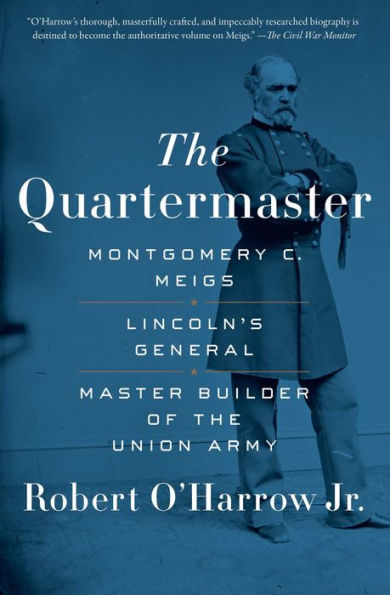Table of Contents
Prologue 1
Part 1
Chapter 1 Rigid Duty 5
Chapter 2 Patience and Perseverance 9
Chapter 3 Wholesome Water 16
Chapter 4 An Aqueduct Worthy of the Nation 22
Chapter 5 A Rival to the Parthenon 30
Chapter 6 America's Curse 35
Chapter 7 The Saturday Club 42
Chapter 8 The Workload Grows 48
Chapter 9 Rowdy Looking 52
Chapter 10 Energetic, Obliging, Firm 59
Chapter 11 An Inscription for All Time 68
Chapter 12 "Everything into Confusion" 78
Chapter 13 "Eternal Blot" 83
Chapter 14 Tall and Awkward Candidate 87
Chapter 15 Floyd Resigns 93
Chapter 16 He Plucked a Laurel 98
Part 2
Chapter 17 A Secret Mission 105
Chapter 18 A Soul on Fire 111
Chapter 19 Building an Army 117
Chapter 20 Shoddy 125
Chapter 21 "Hard Work and Cold Calculation" 132
Chapter 22 "The War Cannot Be Long" 140
Chapter 23 Gunboats 147
Chapter 24 "His Best Name Is Honesty" 154
Chapter 25 "Vast in Quantity" 163
Chapter 26 Hope Wanes 173
Chapter 27 "Fret Him and Fret Him" 181
Chapter 28 "Exhaustion of Men and Money" 190
Chapter 29 "A Beauteous Bubble" 200
Chapter 30 A Vulnerable Capital 209
Chapter 31 The Refit at Savannah 218
Chapter 32 The Journey Home 227
Chapter 33 "Dogs to Their Vomit" 232
Chapter 34 "Soldier, Engineer, Architect, Scientist, Patriot" 238
Acknowledgments 247
Notes 251
Index 291



